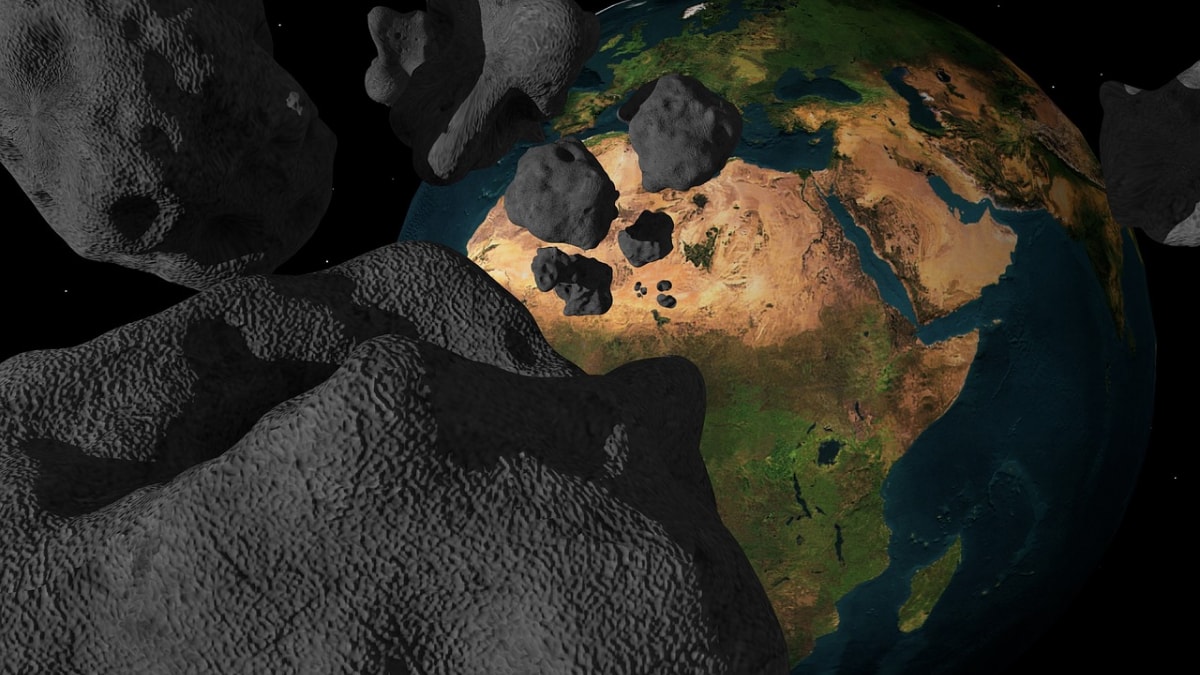Asteroid Dubbed ‘God of Destruction’ Could Hit Earth If It Happens

Earth will meet the asteroid Apophis, also known as the “God of Destruction,” on Friday, April 13, 2029. The massive asteroid, named after the Egyptian deity of chaos, will pass within 19,000 miles (30,600 kilometers) of our planet, close enough to be seen with the naked eye. However, recent research suggests that a collision with smaller asteroids could alter Apophis’s orbit, raising concerns about future encounters.
Exploring the Orbit of Apophis
Paul Wiegert, an astronomer at the University of Western Ontario, has been researching the influence of smaller space rocks in Apophis’ path. Wiegert told Space.com: While the chances of such collisions happening are minimal, there is still a small risk.
He calculates that the odds of an asteroid deflecting Apophis enough to pose a threat after 2029 are about one in a million, according to the report. The odds of an asteroid hitting Apophis and causing a direct impact with Earth in 2029 are even lower, about one in two billion.
Potential impact and future monitoring
First discovered in 2004, Apophis is being closely watched for its potential danger. Initial assessments placed it high on the risk list, but a close flyby in March 2021 reassured scientists that a collision with Earth is not expected for at least 100 years. The recent study stresses that random impacts from smaller asteroids could still pose a risk in the future.
The potential impact of the asteroid with Earth could have catastrophic consequences. If Apophis were to strike a heavily populated area, it could release energy equivalent to over 1,000 megatons of TNT, causing widespread devastation. Fortunately, with current technology and possible future interventions, such as NASA’s Double Asteroid Redirection Test (DART), scientists hope to have strategies in place to avert or mitigate the threat of Apophis.
Future prospects
While the approaching Apophis pass in 2029 is not expected to result in a collision, it does provide a valuable opportunity for scientific study and preparation. As the astronomical community continues to search for ways to protect Earth from potential asteroid impacts, the close approach of Apophis serves as a crucial test of our preparedness to address such threats.




